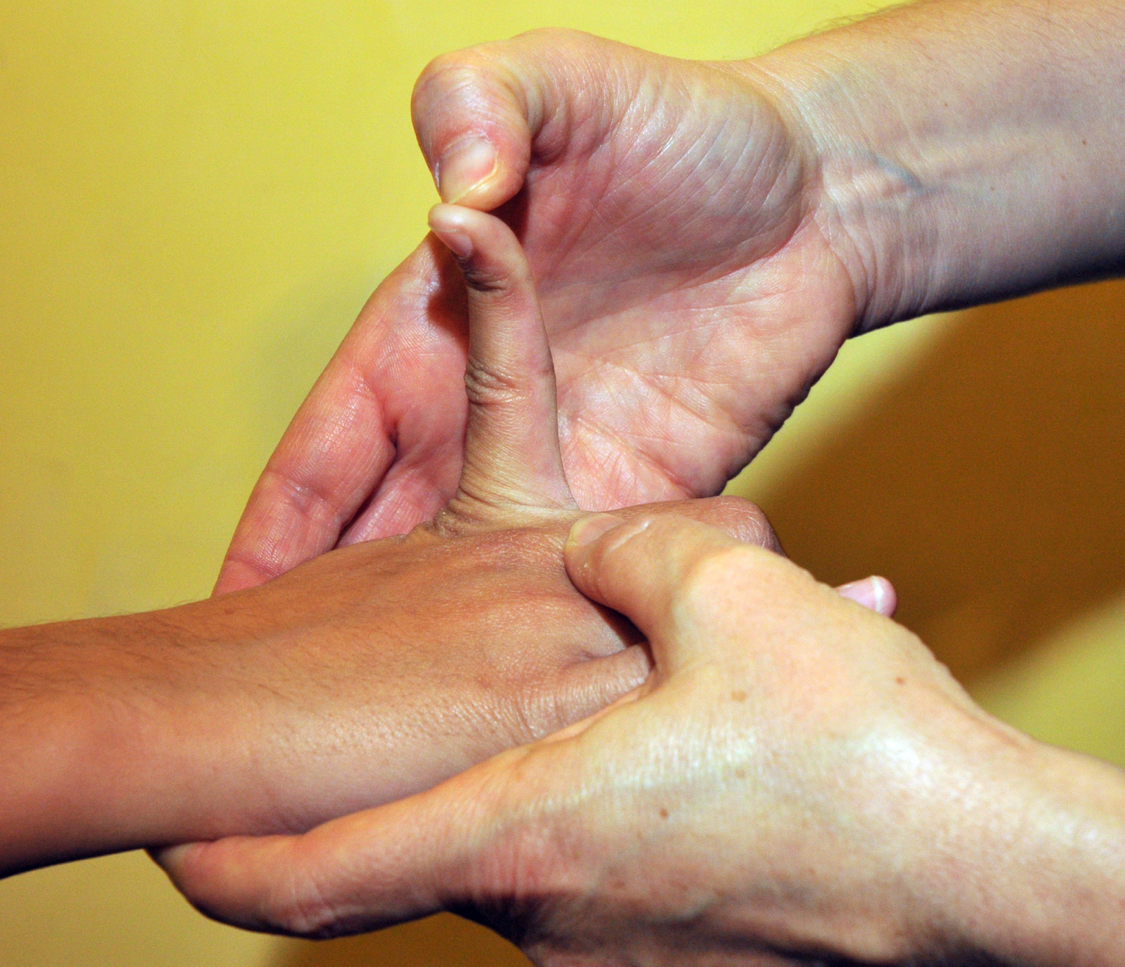By Eva Hadjidemetri

Joint Hypermobility is a hereditary condition that features joints which are moving beyond the normal range expected for that joint. Very often if the individual has sufficient muscle strength, there are no symptoms accompanying this state and having an extra few degrees of movement, can be an advantage in many sports disciplines.
In the last fifteen years the number of children that have been referred for physiotherapy treatment has significantly increased, and young patients present more symptoms related to this condition such as reduced proprioception, weak muscles, reduced stamina (endurance), painful joints and muscles, clumsiness, to mention but a few.
The connective tissues of hypermobile people are weaker compared with non-hypermobile individuals and therefore their muscle needs to be twice as strong to stabilise their joints and to be able to function normally, otherwise they would use twice as much energy on simple tasks, which will lead to fatigue and pain.
This is why we often find that pain is induced by sports and aerobic exercises as the muscles are not strong enough due to inactivity and deconditioning.
So, what has changed in the last few decades that has increased the amount of complaints within our young hypermobile generation and in the number of physiotherapy referrals?
From my observation and questionnaires I can see that their way of life has changed dramatically.
All of this contributes to the fact that children nowadays are a lot weaker in general and that their physical performance overall has reduced, which we can also see by comparing results over the years and many PE teachers and coaches will confirm that.
With older children and adolescent children, the pressure on academic performance is much greater than on physical development. The Physical Education has changed from formal conditioning exercises to games and sports, without preparing the body for higher physical demands. To play sports one must be fit and strong, otherwise there is a potential risk of injuries. Professional athletes train hard to condition their bodies in preparation for the high demand in their chosen discipline.
There is a law that all schools should offer physical activities 75 minutes per week to each student in primary schools and 90 minutes per week for secondary schools, but unfortunately the physical education is often the first subjects to be cancelled due to other priorities.
Physical education is only compulsory until the age of 16 and will only continue further if it has been chosen for further education. Some schools offer more hours for physical education, but there are also independent schools that do not offer any PE lessons.
Therefore, if your child is hypermobile and does not do exercise at school or outside of school, they will most likely have many different symptoms due to weakness and deconditioning of the muscles. These children will often lean on a wall to support his/her body during standing, and walking for long distances can prove to be to challenging and painful.
These guidelines and recommendations are for an average non- hypermobile child and adult.
Parents, who accompany their child for their physiotherapy assessment, are often also hypermobile but did not realise as they had no or very little symptoms while they were growing up.
The reason for this is, that the parents in general had developed more strength in their childhood or adolescent years due to more physical activities, which created a better functioning support system for their joints.
They were not pushed in buggies for too long, walked to school, had more physical activities at school, played outside with their friends and were not driven because there were not so many cars. And finally, there was no computers and mobiles. The choice on TV programmes was so limited that they most likely only spend 1 hour a day in front of the television, watching their favourite programme.
Summarising, in my opinion the hypermobility became a big problem for many families only because of weakness developed due to a sedentary life.


written by
Chartered Physiotherapist MSc HCPC MCSP AACP APCP
Clear Passage Practitioner
Bowen Practitioner
FSM Practitioner & Instructor
